Contact UsCONTACT
Please feel free to contact us if you have any questions or concerns.
Inquiry FormStories
STORIES
SERIES EMBARK
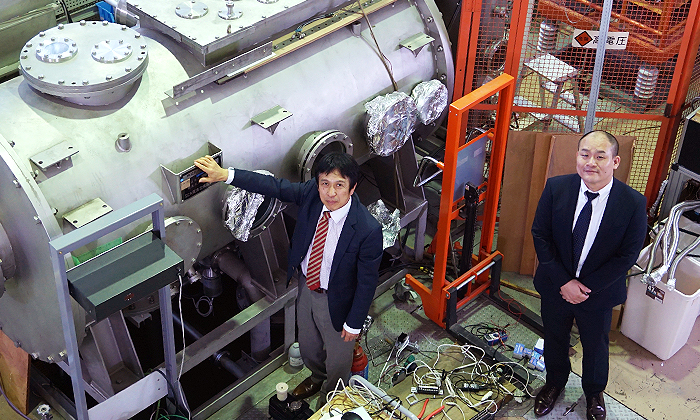
Nuclear fusion" is the principle by which the sun shines and generates energy. Fusion power generation" is an attempt to utilize this principle for power generation. Unlike nuclear fission, which is used in nuclear power generation, fusion power generation does not produce high-level radioactive waste. It also does not emit carbon dioxide, and since an enormous amount of energy can be obtained from a small amount of fuel, it is attracting attention as a new clean energy source that will become the "sun on earth. Kyoto Fusion Engineering was established in October 2019 with the support of Kyoto University Innovation Capital (Kyoto-iCAP) to design the main components used in fusion power generation. We interviewed Co-founder & CEO Taka Nagao and Co-founder & Chief Fusioneer Satoshi Konishi (Professor, Institute of Advanced Energy, Kyoto University) about the business the company is involved in and its vision for the future through the realization of fusion power generation. (Interviewer: Sae Ito)
I had wanted to be a manager since I was a child, and after graduating from college I worked for a consulting firm and a venture company. At venture companies, I was able to be involved in many tasks, especially management strategy and new businesses, and although I won't go into details, I had a sense of accomplishment that I had done a lot of things with passion on my own. At that time, in order to further break out of my shell and force change, I registered as a member of ECC-iCAP*, a club for prospective entrepreneurs run by Kyoto-iCAP, as a step toward becoming a manager, which had been my dream for many years.
At an event organized by Kyoto-iCAP, I had the opportunity to hear about the seeds of four professors from Kyoto University. Of the four, I was most fascinated by Dr. Konishi's research, which I thought was the most "off-the-wall" (laughs).
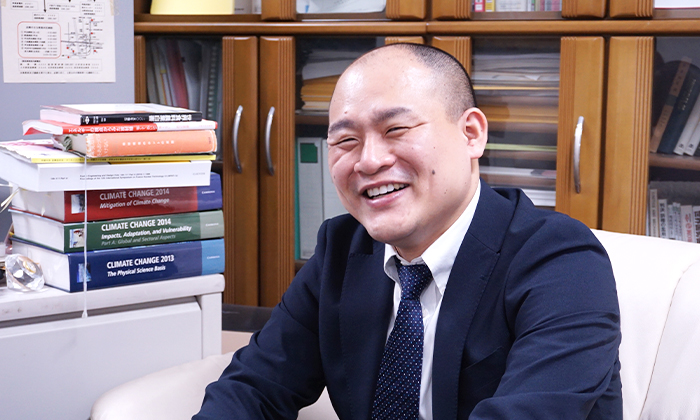
The main reason was that I wanted to try it. University research ends when you do experiments, take data, and write a paper. You can't make something that is actually usable even if you continue doing that for 100 years. However, as I worked on fusion research, my desire to create something usable grew stronger. I was also concerned that in recent years we have been losing our ability to take risks and innovate, and that the trend that was so active in the 1980s and 1990s of "creating new things in pursuit of the highest performance" has come to a halt. I thought that the only way to take up this challenge again in this day and age would be through a venture company, and that is when I was approached by Kyoto-iCAP and decided to start my own business.
There is one more reason. The dilemma was that although the laboratory attracted students who were motivated by fusion research, there were no job opportunities available. Even in companies and research institutes, engineers who were active with innovative ideas when they were young have been given positions and are leaving the research field. This leaves the younger generation with nowhere to go, and their technology and experience cannot be passed on to the next generation. By launching a venture company, we also wanted to create a place where we could bring a windfall to this current situation.
In the past, the government took risks to promote technological development, but times have changed. In Europe and the U.S., venture companies take risks to develop technologies, and as a result of competition among venture companies, one company with technological capabilities wins, which is then adopted by major companies and public research institutions, in other words, there is a trend toward fluidizing innovation risks. In this sense, what we are trying to do is in line with the times.
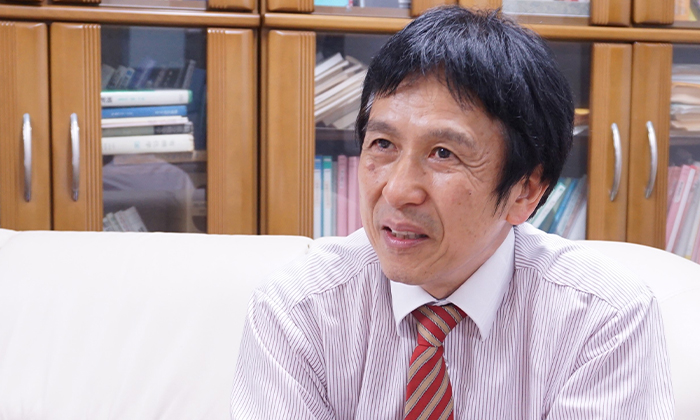
Fusion power generation efforts are attempting to apply nuclear fusion, the principle by which the sun generates energy, to terrestrial power generation. It has been attracting worldwide attention for 35 years, with Japan, Europe, the United States, Russia, and other countries launching ITER, an international cooperative project aimed at realizing fusion power generation. In fusion power generation, the temperature of the fuel is raised to about 200 million degrees Celsius, which puts the fuel into a plasma state, causing a nuclear fusion reaction in which atomic nuclei collide with each other. The heat can be extracted by bombarding the walls with energy particles called neutrons generated here. We have the technology for a device called a "blanket" in a fusion reactor to extract the heat. In addition, we have developed technology for a device called a "divertor," which exhausts the helium produced in the fusion process, and a heating device called a "gyrotron" to raise the plasma to 200 million degrees.
We are planning to provide equipment to private companies. In fact, apart from ITER, there are 30 to 40 start-ups in the world that want to build a new fusion reactor. Several of these companies have succeeded in raising substantial funding with their established technologies, and one company has even succeeded in raising over 70 billion yen from Google and other companies in the US. However, while these companies have the technology to create plasma fusion reactions, their technology for extracting heat from fusion reactors is weak. This is where we believe our technology can provide. To use an analogy, we don't know who will dig for gold in a gold rush, but they will always need jeans and pickaxes. So we will be a player in providing them in fusion reactors. In particular, the blanket and divertor need to be replaced every three years when the fusion reactor starts working, so we can expect continuous business.
Compared to nuclear power, nuclear fusion does not generate high-level radioactive waste, and in addition, there is no risk of a runaway reaction in the event of an earthquake or other emergency. Fission is a chain reaction that can proceed even if left unchecked, whereas in fusion, the reaction will stop on its own if the temperature cannot be maintained at 200 million degrees Celsius. In other words, there is no risk of meltdown.
Fusion can also be used for applications other than power generation. For example, by growing plants and other biomass and steaming them with the abundant energy derived from nuclear fusion, carbon dioxide in the air can be fixed as solid C (carbon) and O2 (oxygen) and H2 (hydrogen) can be extracted. So the years of debt (carbon dioxide) that mankind has released into the air so far can also be restored through nuclear fusion.
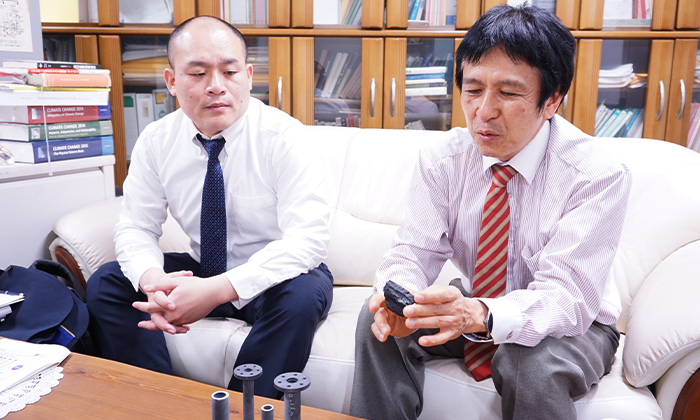
Nuclear power and nuclear fusion have the same technological base. In this sense, I would like to cooperate with nuclear engineers and companies to create something outstanding in the world with Japan's manufacturing capabilities.
We believe that the skills and experience developed by engineers in the nuclear industry can be applied to fusion. We are currently in the process of actively recruiting fusion engineers (technicians) to work with us, regardless of whether they have a background in fusion or not. All ages are welcome to apply.
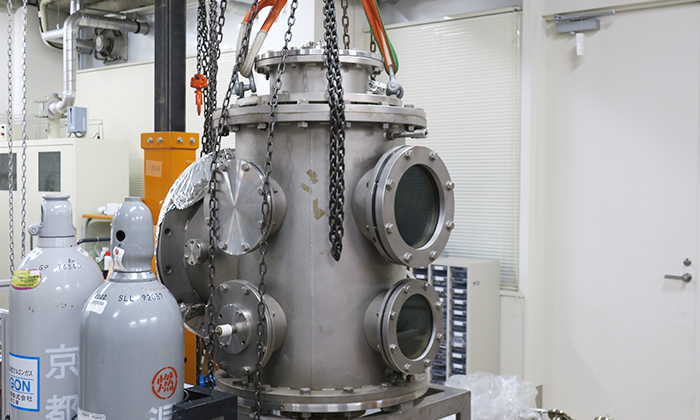
There are some people in the university who, like me, want to "somehow use the results of my research for the benefit of the world," but most of them have no idea how to start a company. In such a situation, thanks to Kyoto-iCAP's support from the very beginning regarding starting a business, we have been able to get to where we are today.
Our business requires more time for research and development than the IT industry, so the risk is probably greater. Even so, I am grateful that Mr. Yagi, the capitalist in charge of the project, has a deep understanding of our business, and when I explain to him how the funds will be used, he supports us, saying, "If it's that great, let's do it. I also learn a lot from the fact that he gives me opinions from two different perspectives, that of a capitalist and that of a director of our company, so we can have solid discussions based on a relationship of trust.
I decided to start my own business because I didn't want to regret what I didn't do when I die. I didn't want to not challenge myself. I hope you will find these thoughts helpful when you are in doubt.
Recently, we have received many calls from students across the country saying, "I heard that you started your own business. I would like to do research on nuclear fusion. I am very happy to have started my own business for the sake of these motivated young people. Until now, it has been common for people to choose to work for a company or stay in academia as a post-doctoral researcher, but from now on, I would like to actively encourage people to take up the challenge of starting their own business as a new option. The word "fusioneer" was coined to mean not only "fusion engineering" but also "a person who fuses various types of engineering. We would like to invite you to join our group of "fusioneers" who aim for innovation.
(Interviewed in November 2020. Affiliations, positions, etc. are as of the time of the interview)
Creating the Sun on Earth is a startup originating from the Institute of Energy Science and Technology, which has its roots in the Central Experimental Station established in 1914 in the Faculty of Engineering of Kyoto Imperial University. It is Japan's first nuclear fusion venture that has attracted attention in various media reports, and is growing vigorously in response to the global trend toward decarbonization. We are actively hiring mainly engineers.
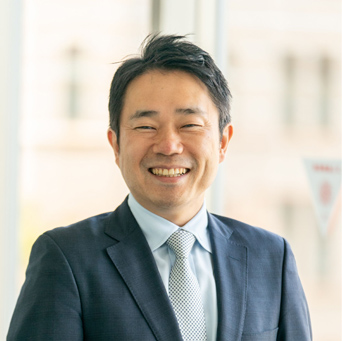
Nobuhiro Yagi
ECC-iCAP: Entrepreneur Candidate Club (URL : ) https://www.kyoto-unicap.co.jp/ecc-icap/)
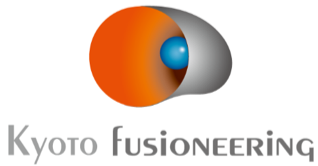
Kyoto Fusioneering Ltd. Website
Please feel free to contact us if you have any questions or concerns.
Inquiry Form